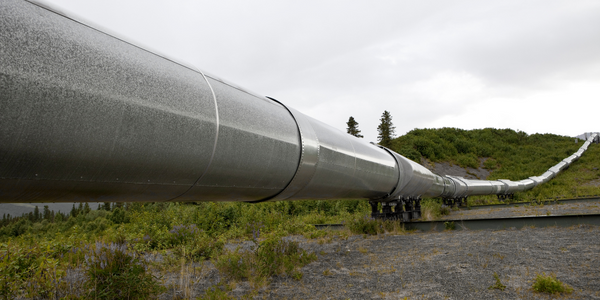公司规模
SME
国家
- Worldwide
产品
- COMSOL Multiphysics
- Amphos 21 Simulation App
技术栈
- Numerical Simulation
- Hydrophobic Meshes
- COMSOL Multiphysics
实施规模
- Pilot projects
影响指标
- Environmental Impact Reduction
- Innovation Output
- Cost Savings
技术
- 分析与建模 - 预测分析
- 功能应用 - 远程监控系统
- 应用基础设施与中间件 - 数据可视化
适用行业
- 石油和天然气
适用功能
- 质量保证
- 维护
用例
- 预测性维护
- 远程资产管理
服务
- 软件设计与工程服务
- 系统集成
- 培训
关于客户
Amphos 21 is a consultant group specializing in environmental technology. They have developed numerical models of hydrophobic meshes to address the challenges of oil spill cleanup. Their goal is to create a fast, easy-to-use, and environmentally friendly solution for collecting spilled oil. Amphos 21 aims to provide virtual testing capabilities through simulation apps to engineers, researchers, and cleanup crews, enabling them to find the best response for different oil spill scenarios.
挑战
Oil spills are urgent and unexpected events that cause significant damage to aquatic environments and marine life. Current methods for containing and recovering spilled oil, such as booms and skimmers, are often costly and only partially effective. These methods need to be deployed quickly to be effective, and even then, they often fail to recover most of the oil, which can sink to the sea floor. The collected oil-water mixture is often only partially usable, leading to further environmental concerns and wasted oil.
解决方案
Amphos 21 developed numerical simulations and custom applications to test the effectiveness of hydrophobic meshes in oil spill cleanup. These meshes, typically made of steel or copper and coated with a hydrophobic polymer, repel water and attract oil. The team used COMSOL Multiphysics software to simulate different mesh designs and assess their performance at various water depths. The simulation apps allow users to predict mesh performance, check design quality, and calculate properties like permeability and breakthrough pressure. This enables engineers to design the ideal mesh for specific conditions and deploy new tools in real-time.
运营影响
数量效益

Case Study missing?
Start adding your own!
Register with your work email and create a new case study profile for your business.
相关案例.

Case Study
Taking Oil and Gas Exploration to the Next Level
DownUnder GeoSolutions (DUG) wanted to increase computing performance by 5 to 10 times to improve seismic processing. The solution must build on current architecture software investments without sacrificing existing software and scale computing without scaling IT infrastructure costs.

Case Study
Remote Wellhead Monitoring
Each wellhead was equipped with various sensors and meters that needed to be monitored and controlled from a central HMI, often miles away from the assets in the field. Redundant solar and wind generators were installed at each wellhead to support the electrical needs of the pumpstations, temperature meters, cameras, and cellular modules. In addition to asset management and remote control capabilities, data logging for remote surveillance and alarm notifications was a key demand from the customer. Terra Ferma’s solution needed to be power efficient, reliable, and capable of supporting high-bandwidth data-feeds. They needed a multi-link cellular connection to a central server that sustained reliable and redundant monitoring and control of flow meters, temperature sensors, power supply, and event-logging; including video and image files. This open-standard network needed to interface with the existing SCADA and proprietary network management software.

Case Study
Refinery Saves Over $700,000 with Smart Wireless
One of the largest petroleum refineries in the world is equipped to refine various types of crude oil and manufacture various grades of fuel from motor gasoline to Aviation Turbine Fuel. Due to wear and tear, eight hydrogen valves in each refinery were leaking, and each cost $1800 per ton of hydrogen vented. The plant also had leakage on nearly 30 flare control hydrocarbon valves. The refinery wanted a continuous, online monitoring system that could catch leaks early, minimize hydrogen and hydrocarbon production losses, and improve safety for maintenance.






